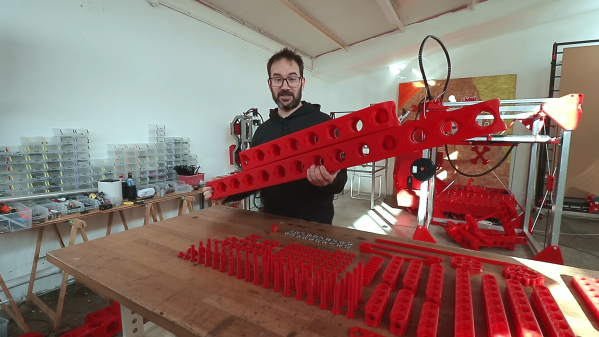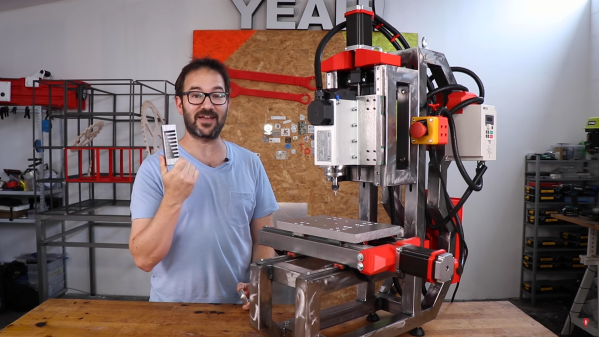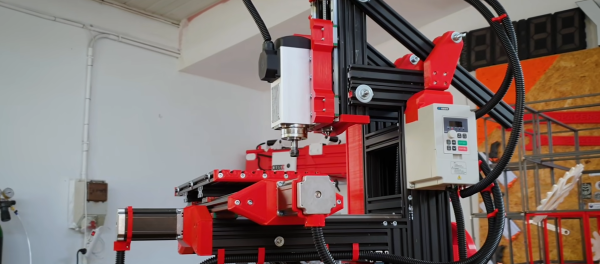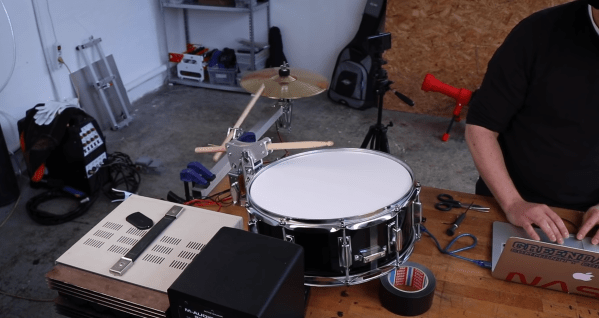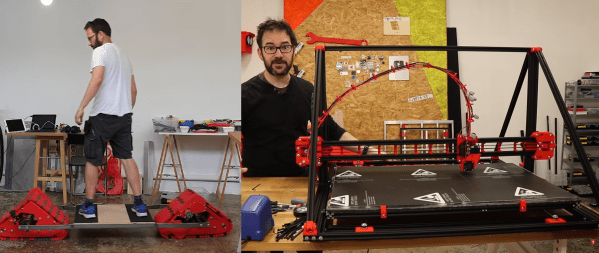[Ivan Miranda] is all about big 3D prints. He’s now set about printing giant blocks in the vein of LEGO Technic to build himself a full-sized rideable go kart. The project is still in progress, but [Ivan] has made great progress with his design.
The benefit of 3D printing giant blocks like this is that they open up the possibilities for rapid prototyping of big projects. It’s already easy to snap together a little LEGO tank, boat, or car at the small scale. Bigger blocks would make that possible for larger builds, too. Plus, once you’ve got plenty of blocks, there’s no need to wait for the 3D printer to churn out parts. You can just play with your toolbox of existing components.
[Ivan]’s design has faced some teething problems along the way. He struggled to solve various coupling problems for joining the blocks in various orientations, and made iterative changes to solve the issue. Eventually, he realized if he just eliminated an offset between the top and side holes of his beam design, everything would neatly work out. Plus, he learned that he could print a tiny scale version of his big blocks in order to test out designs without using as much plastic.
We love the idea of having a garage full of adult-sized LEGO-style blocks for big projects. The only caveat is that you really need a giant printer like [Ivan’s] to make them. Continue reading “3D Printing Giant LEGO-Like Blocks To Build Big Toys”

